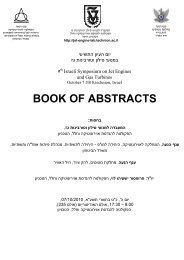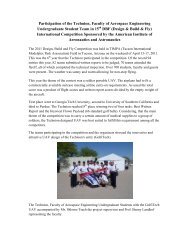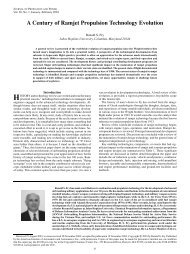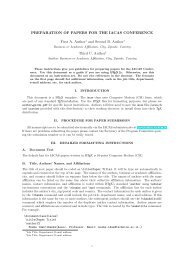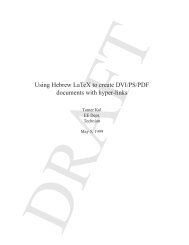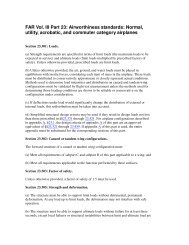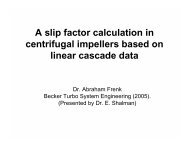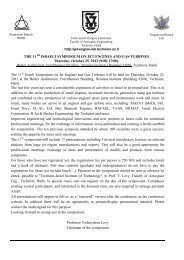Cargo Airships Prospective - Faculty of Aerospace Engineering
Cargo Airships Prospective - Faculty of Aerospace Engineering
Cargo Airships Prospective - Faculty of Aerospace Engineering
You also want an ePaper? Increase the reach of your titles
YUMPU automatically turns print PDFs into web optimized ePapers that Google loves.
density (reduces buoyancy lift), changing with altitude. For maintenance, manufacturing and<br />
long term storage, huge hangars are needed; and mooring devices are used in order to anchor<br />
airships to the ground for parking and maintenance. Finally, current most applicative lifting<br />
gas is the inert helium, which is solely found in relatively small quantities in some natural gas<br />
reservoirs, and thus is relatively expensive and scarce.<br />
The good news is that new technologies and designs have good chance to overcome most<br />
<strong>of</strong> the deficiencies. Modern technologies <strong>of</strong>fer much improved control in various conditions,<br />
weather prediction has improved drastically and hybrid airship design introduce much more<br />
autonomous ground operation flexibility than before, along with better stability in-flight. New<br />
technologies and their anticipated future development, allows us to predict that their<br />
implementation in the airship design will allow cost-effective and reliable service <strong>of</strong> the air<br />
vehicle in diverse environmental conditions. Reduced infrastructure needs, with higher<br />
autonomy <strong>of</strong> the hybrid airship, would allow it to operate in areas with no suitable facilities.<br />
Helium forecasted to remain high priced, but with well planned operational use <strong>of</strong> the airship<br />
and execution <strong>of</strong> required maintenance schedule, its annual consumption will be negligible.<br />
Figure 8. Typical Wind Pr<strong>of</strong>ile at Mid-Latitude Areas<br />
VI. Airship Related World Activities<br />
Rising cargo market demand, new applicable technologies, environmental issues<br />
importance increase and military LTA successful applications, make a favorite environment<br />
for new development <strong>of</strong> cargo airships. Few more or less successful projects appeared in<br />
recent years; both in military and civil sectors <strong>of</strong> the market. Large corporations, along with<br />
several aerospace "start-ups" have realized the market potential <strong>of</strong> lighter-than-air<br />
transportation. Few <strong>of</strong> them are newcomers to this renovated idea, but some have a long<br />
history <strong>of</strong> dealing with lighter-than-air application; usually with aerostats, as in case <strong>of</strong><br />
Lockheed Martin. Now they all race with a common goal – who will be the first to release the<br />
long promised new generation <strong>of</strong> cargo airship.<br />
Lockheed Martin is one <strong>of</strong> the main leaders in this area. Lockheed Martin develops the<br />
SkyTug cargo airship, with further increment designs in the future, after flying P791 hybrid<br />
airship demonstrator in 2006. P791 is so far, the first known hybrid airship flown and was<br />
intended for testing and gaining experience for transition to truly operational cargo airship,<br />
the one that SkyTug intends to be. SkyTug intended for the low tier <strong>of</strong> cargo airship market,<br />
with proposed design point <strong>of</strong> 20 tons payload and length <strong>of</strong> 88 m and entry to service as early<br />
as 2013. Aviation Capital Enterprises, a Canadian based investment company has joined






